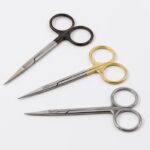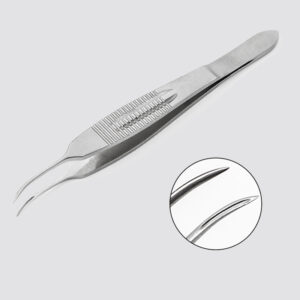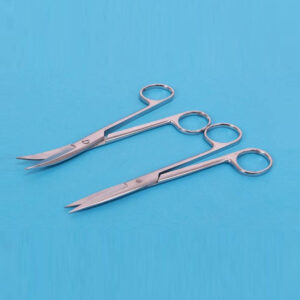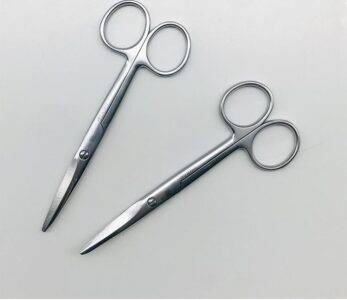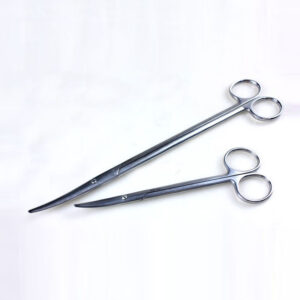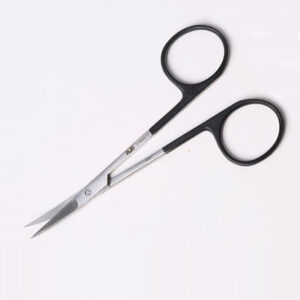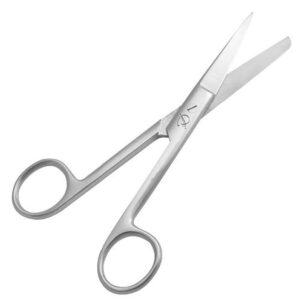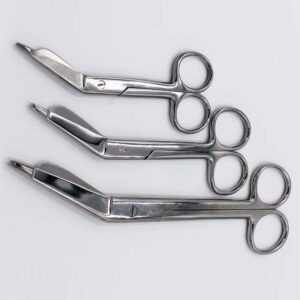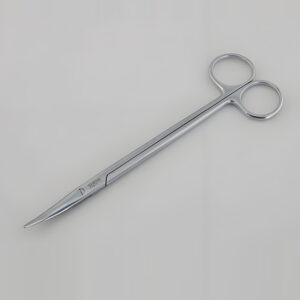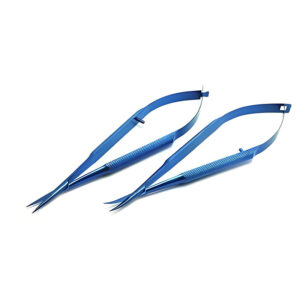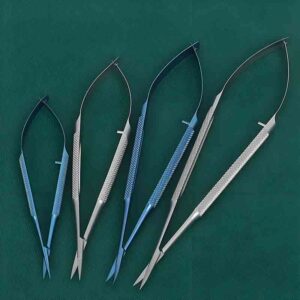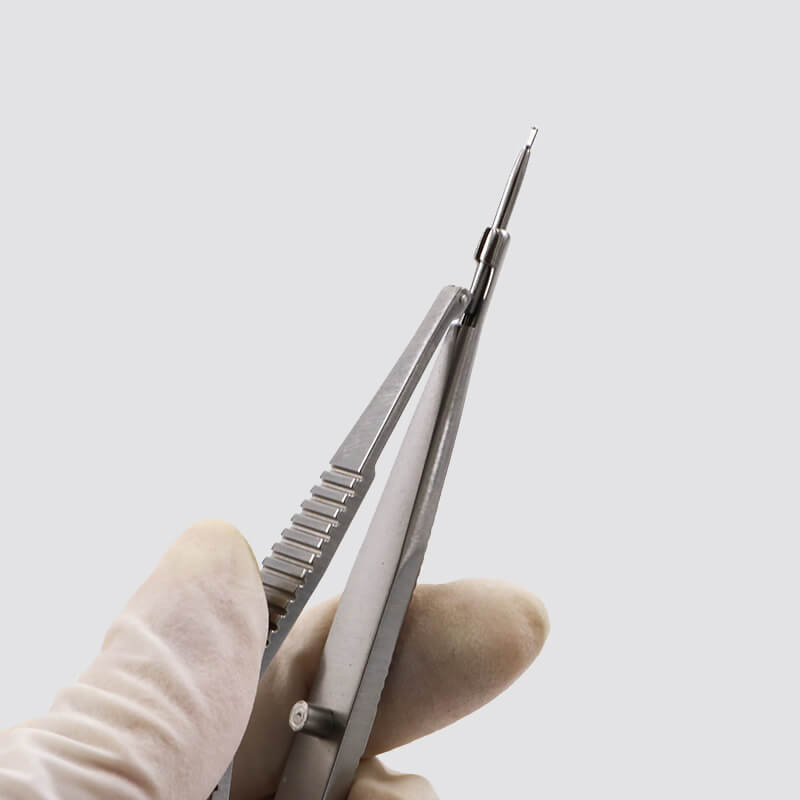What is a Tissue Scissors?
Tissue scissors have thin, sharp tips, and straight and curved shapes, varying in size and length. Usually, straight tissue scissors are used for shallow surgical operations, and medium or long curved tissue scissors are generally used for deep surgical operations.
Uses of Tissue Scissors
Tissue scissors are mainly used for separating, dissecting, and cutting open tissues.
Differences Between Tissue Scissors and Suture Scissors
(1) The thickness of the cutting edge: Suture scissors have thinner cutting edges and tissue scissors have thicker cutting edges.
(2) Different uses: Suture scissors are primarily used to cut and remove sutures, while tissue scissors are used to dissect, cut, or separate tissues.
(3) The common specifications: The common sizes of suture scissors are 9cm, 11cm, 12cm, 14cm, and 16cm, while the common lengths of tissue scissors are 12.5cm, 14cm, 16cm, 18cm, 20cm, 22cm, and 25cm.
Types and Uses of Surgical Scissors
(1) Surgical scissors: They are mainly used for cutting dressings, human epidermal tissue, or soft tissue.
(2) Tissue scissors: They are mainly used for cutting tissue.
(3) Comprehensive scissors: They are mainly used for cutting soft tissue.
(4) Fine scissors: They are mainly used for cutting blood vessels, mucosa, or free tissue.
(5) Dissecting scissors: They are mainly used for dissecting tissues.
(6) Suture removal scissors: They are mainly used for cutting and removing sutures.
(7) Angular bandage scissors: They are mainly used for surgical cutting of gauze bandages and plaster pads.
(8) Meningeal nerve scissors: They are mainly used for brain surgery to scrape away diseased bone and necrotic tissue.
(9) Microscopic scissors: They are mainly used for microsurgery, fine trimming of blood vessels, nerve tissue, or separation of tissue gaps.
(10) Ophthalmic scissors: Ophthalmic scissors, also known as ophthalmic surgical scissors, are used to cut the soft tissue of the eye with the instrument.
(11) Right-angle scissors: They are mainly used for biliary surgery, cutting the bile duct, and gallbladder tissue.
Precautions for Using Tissue Scissors
(1) Surgical instruments should be avoided as much as possible from external impacts, such as throwing, dropping, and mutual collision.
(2) Prevent the chrome plating layer or passivation film damage and reduce the corrosion resistance.
(3) Appropriate instruments and specifications should be selected according to the needs of surgery to achieve the desired effect of use.
(4) Any piece of surgical instrument has its specific use and use range, not allowed for other use or alternative use, otherwise it may cause damage to the instrument.
Routine Maintenance and Care of Tissue Scissors
(1) The cycle of surgical instruments: use → classification → cleaning and disinfection → maintenance → packing → sterilization → storage → supply and distribution.
(2) Instruments must be sterilized and cleaned in time after use.
(3) Collision and impact should be prevented during the sterilization process. Impact may cause damage to fine instruments and instruments with edges, and reduce the corrosion resistance of the instruments.
(4) When cleaning manually, use soft linen, plastic brushes, cleaning guns, compressed air guns, etc., and do not use metal brushes or medium cleaning reagents to prevent damage to the instruments.
Application of Tissue Scissors
It is mainly used in the general surgery and anesthesia operating room departments of major hospitals.

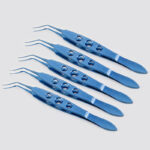 Capsulorhexis Forceps
Capsulorhexis Forceps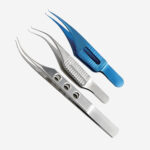 Suture Forceps
Suture Forceps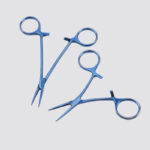 Hemostatic Forceps
Hemostatic Forceps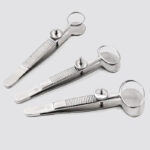 Chalazion Forceps
Chalazion Forceps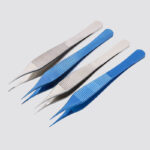 Adson Forceps
Adson Forceps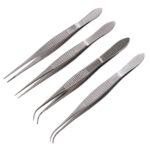 Tissue Forceps
Tissue Forceps